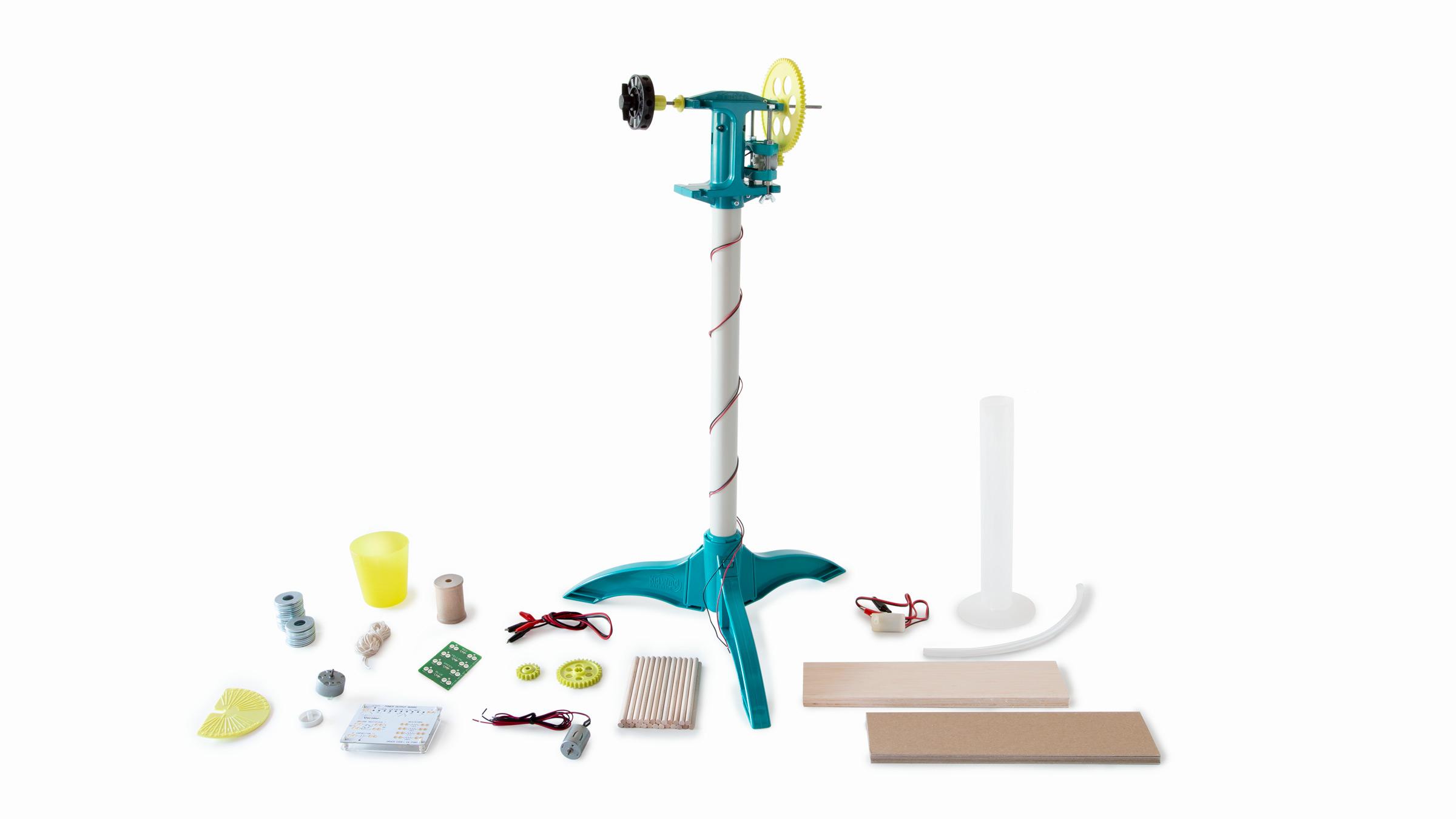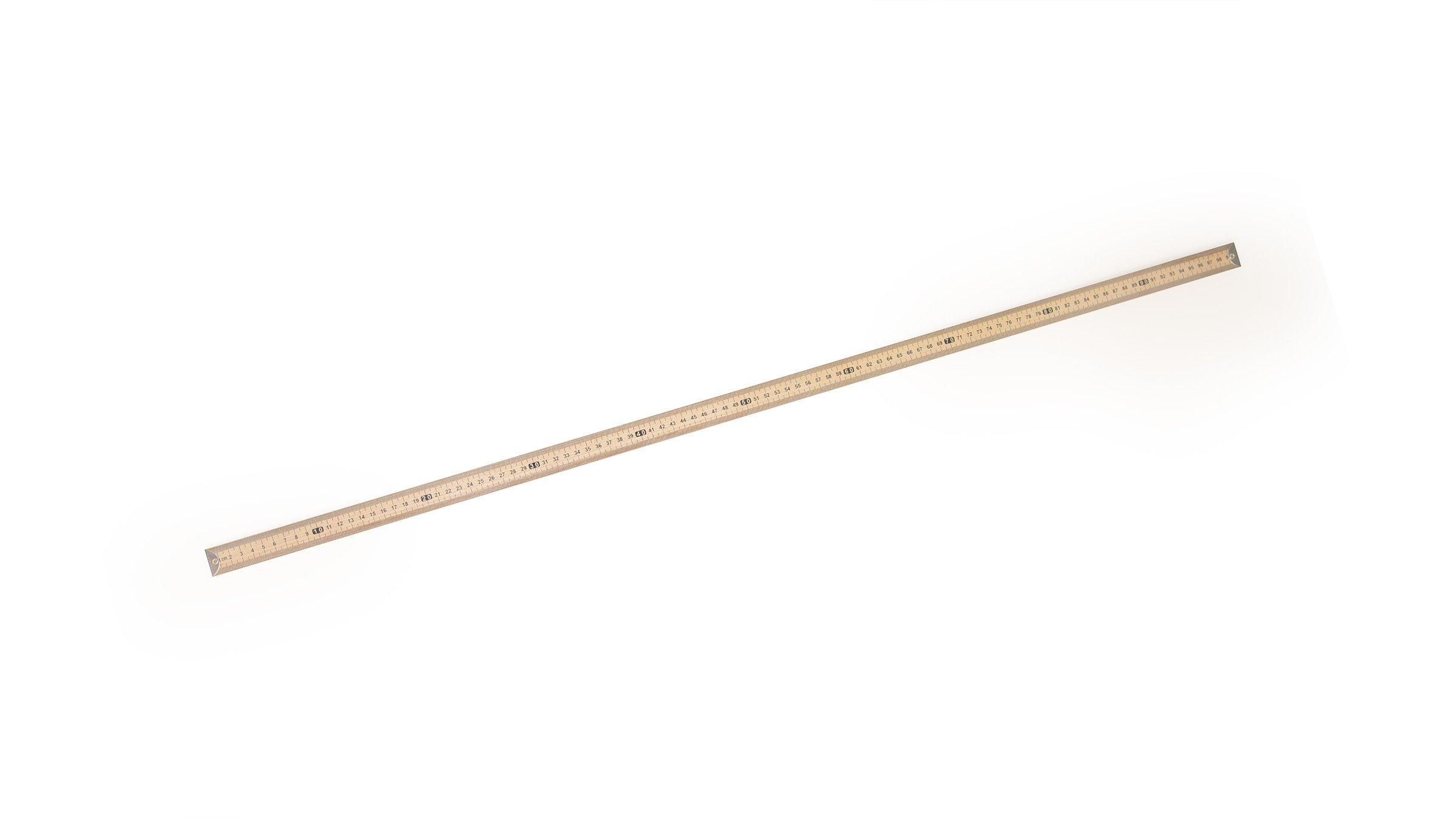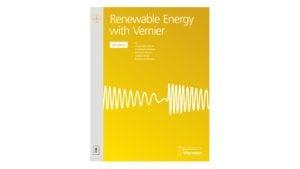
Introduction
You have been introduced to energy as something that is involved in making things happen. Energy can be transferred or transformed between objects, materials, and ways of accounting for energy. For example, the act of stretching a rubber band transfers energy into the rubber band, which we call elastic potential energy. Elastic because it is related to the stretchiness of the rubber band and potential energy because as long as the rubber band remains stretched, the energy is stored but available for use. Releasing the rubber band in a certain way so as to project the rubber band through the air allows the elastic potential energy to transform into kinetic energy (the energy associated with motion).
To stretch the rubber band, a force is applied to part of the rubber band, which causes part of the rubber band to move a certain distance. Whenever a force moves an object some distance, we say that mechanical work is done. Mechanical work, like energy, is measured in joules (J). Work is one way to transfer or transform energy.
Just as you can do work to stretch a rubber band, you can also do work to lift a weight. In order to lift an object from a lower position to a higher position, a vertical force must be applied. In this case, the work done gives the object moved upward gravitational potential energy, because instead of being pulled against a stretchy material, the object is moved against the direction of the force of gravity. In this experiment, you will use a wind turbine to lift an object (a bucket of washers) from a lower position to a higher position.
Power is defined as the rate at which energy is used, applied, or transformed. It is also the rate at which work is done. If an amount of energy is analogous to a specific distance, power is analogous to speed, which is the rate at which an object travels a distance. The faster an object is lifted, the more power is being used. The unit of power is the watt (W), which is equivalent to one joule per second (J/s).
In this experiment, you will calculate power using the equation
You will use a wind turbine to do the work of lifting a mass. You will vary the pitch (angle) of the blades of the wind turbine and measure the time it takes to lift a mass a given distance. Based on these measurements, you will calculate the mechanical power generated by the turbine as it lifts the weights.
Objectives
- Identify the units that are used to measure power.
- Measure the power generated by a wind turbine.
- Determine the relationship between wind turbine blade pitch and power generated.
Sensors and Equipment
This experiment features the following sensors and equipment. Additional equipment may be required.
Ready to Experiment?
Ask an Expert
Get answers to your questions about how to teach this experiment with our support team.
- Call toll-free: 888-837-6437
- Chat with Us
- Email support@vernier.com
Purchase the Lab Book
This experiment is #6 of Renewable Energy with Vernier. The experiment in the book includes student instructions as well as instructor information for set up, helpful hints, and sample graphs and data.



